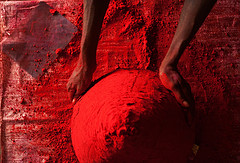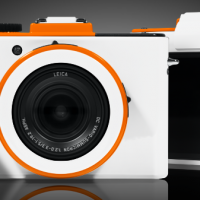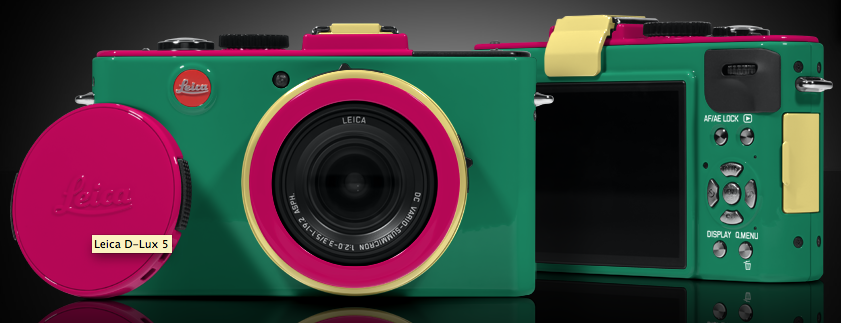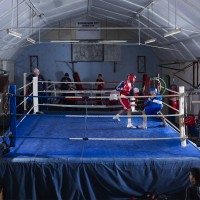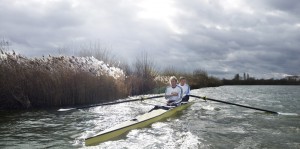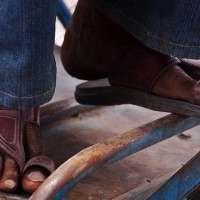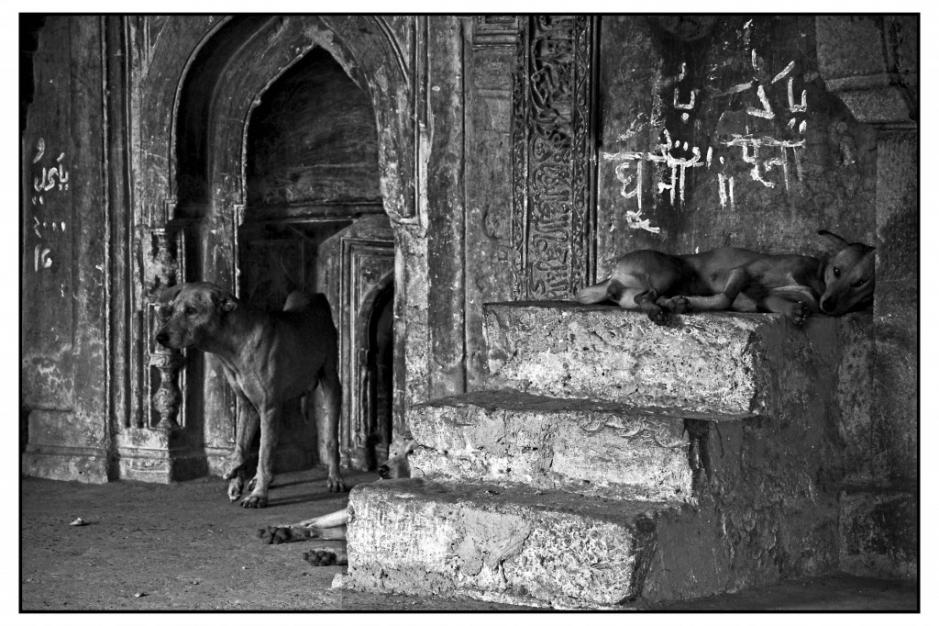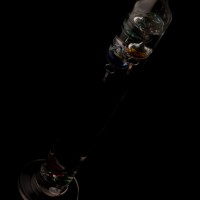
So my lovelies. We’ve had a few creative themes for the past few competitions. They’ve been marvellous, but a change can be as good as a rest, so this month, we thought we’d go and do something technical. We are, therefore, looking for your low-key photos. Dark, brooding, moody, seductive. Whatever take on low-key you want to give us, that’ll be fabulous. The one that we like the best will win a fabulous 12″ Fracture.
You’ve from today – Wednesday 7 September – until Wednesday 28 September to submit your entry. As ever, it’s one submission per person, and they need to go in our Flickr pool.
If you’ve any questions at all, drop me a note. Otherwise The Rules are here for your reference, and good luck!
The Rules
- If you decide to enter, you agree to The Rules.
- You can’t have written for Small Aperture or be related to either me or Haje to enter.
- One entry per person – so choose your best!
- Entries need to be submitted to the right place, which is the Small Aperture Flickr group.
- There’s a closing date for entries, so make sure you’ve submitted before then.
- You have to own the copyright to your entry and be at liberty to submit it to a competition. Using other people’s photos is most uncool.
- It probably goes without saying, but entries do need to be photographs. It’d be a bit of strange photo competition otherwise.
- Don’t do anything icky – you know, be obscene or defame someone or sell your granny to get the photo.
- We (that being me and Haje) get to choose the winner and we’ll do our best to do so within a week of the competition closing.
- You get to keep all the rights to your images. We just want to be able to show off the winners (and maybe some honourable mentions) here on Small Aperture.
- Entry is at your own risk. I can’t see us eating you or anything, but we can’t be responsible for anything that happens to you because you submit a photo to our competition.
- We are allowed to change The Rules, or even suspend or end the competition, if we want or need to. Obviously we’ll try not to, but just so that you know.







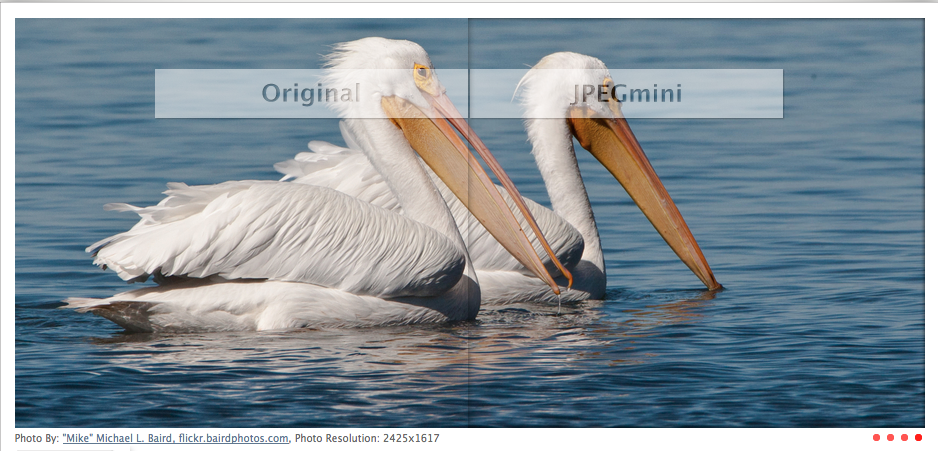



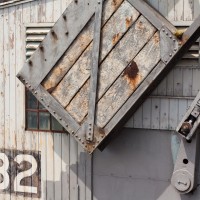

 What is this? - In our NewsFlash section, we share interesting tidbits of news. Think of it as our extended twitter feed: When we find something that get our little hearts racing, we'll share it with you right here! Loving it? Great, we've got
What is this? - In our NewsFlash section, we share interesting tidbits of news. Think of it as our extended twitter feed: When we find something that get our little hearts racing, we'll share it with you right here! Loving it? Great, we've got 

